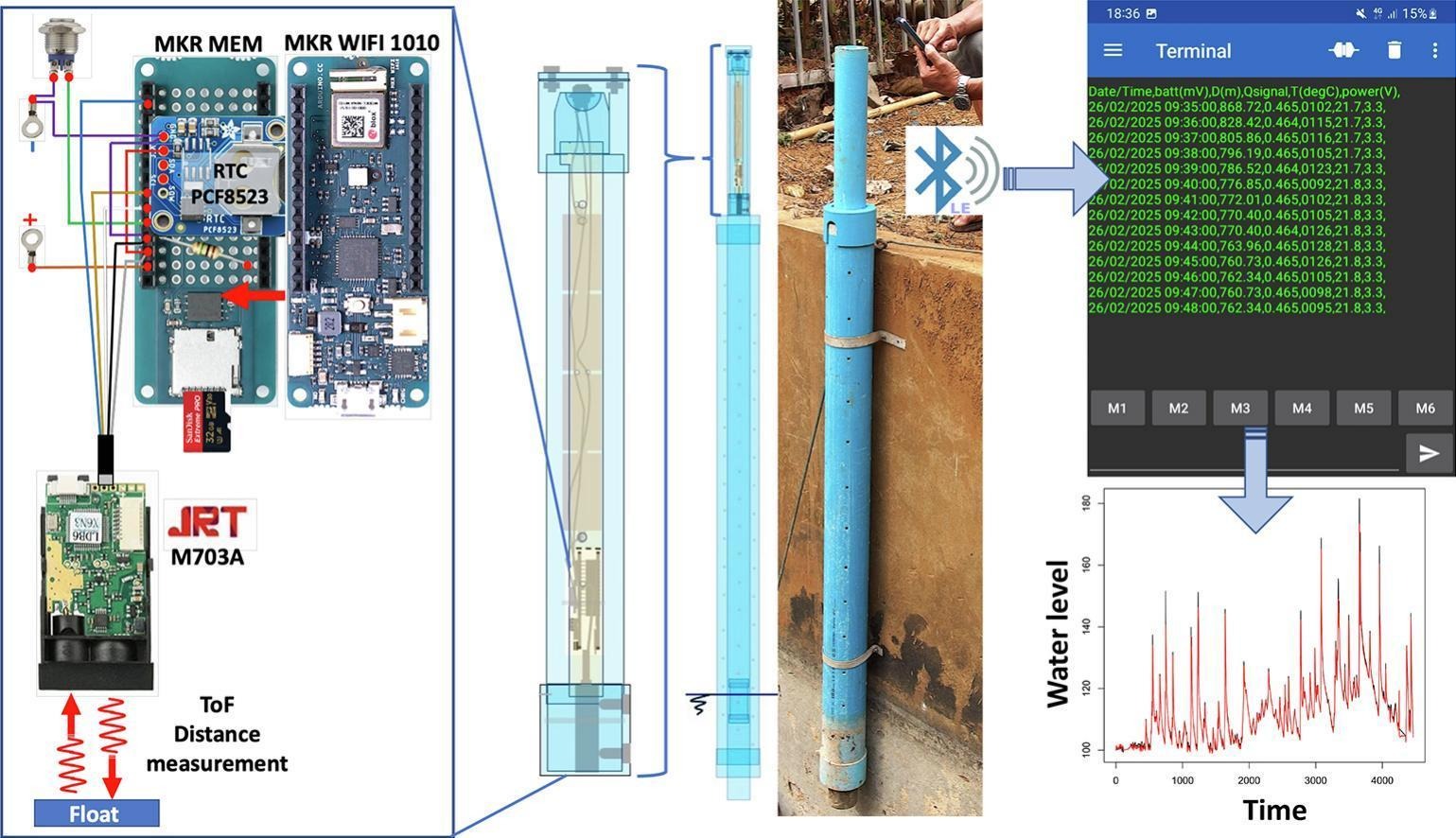Reuse of bottom sediment from reservoirs to cropland is a promising agroecological practice that must be rationalized
In semi-arid areas, intermittent streams are often equipped with small reservoirs to store water for irrigation and/or groundwater recharge, and to capture sediments lost through erosion. These reservoirs must be periodically desilted to maintain their storage capacity. While bottom sediments are generally considered waste, their reuse in agricultural fields is a centuries-old practice in India. Our study aimed to test the hypothesis that local farmers’ knowledge and current practices can help in understanding and rationalizing this practice. This study relied on both interviews of farmers and physico-chemical analysis of soil and sediment samples collected in a cultivated watershed in South India. It was published in Scientific Reports.

















